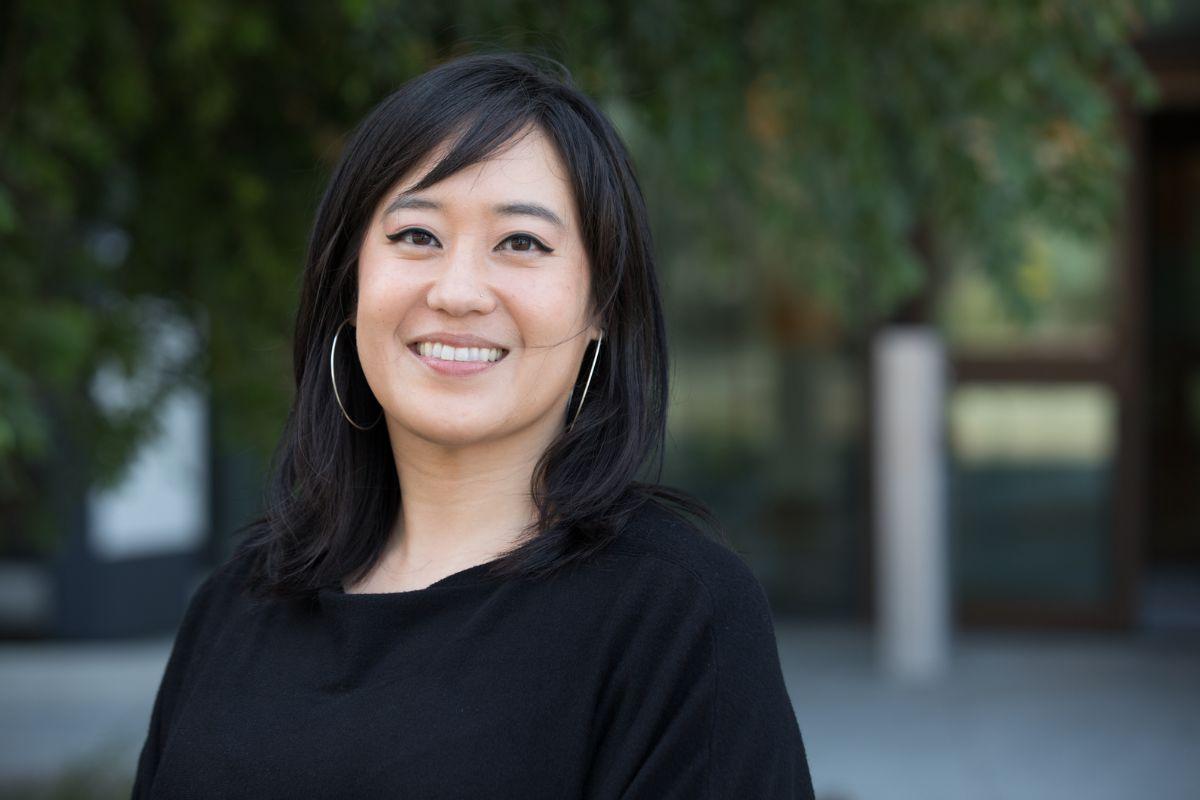
Jarmin Yeh, PhD, MPH, MSSW, associate professor
Caring for Caregivers
One in four Californians will be age 60 or older by 2030, with many requiring supports from care workers to meet their daily needs. At the same time, experts predict a shortage of between 600,000 to 3.2 million workers to provide this essential care.
Jarmin Yeh, PhD, MPH, MSSW, associate professor, is leading a statewide project to equip California’s in-home supportive care workers with skills to provide quality care — and self-care strategies to thrive in a role that can be emotionally challenging.
We’re facing a dire shortage in the workforce needed to care for our aging population, both in our state and country. Please help us understand this challenge.
For older adults, in-home caregivers provide a range of essential supports from personal care activities like bathing and feeding, to medication management, to facilitating transportation to and from medical appointments.
While these services are essential, the work is selfless and grueling, both physically and emotionally. The work is not viewed as “skilled labor” which minimizes its importance and the critical role that caregivers play in the larger health and social care infrastructure.
Low wages, burnout, demanding hours, lack of advancement opportunities and minimal training are just some of the factors that contribute to why it is difficult to attract and retain workers.
Who makes up the care workforce?
The direct care workforce is extremely diverse and is predominantly comprised of people of color, immigrants and women. There are typically three categories of direct care workers: personal care assistants and home health aides, who usually support clients in their homes, and certified nurse assistants, who support clients either at home or in congregate settings like assisted living facilities.
What can we do to support the direct care workforce?
We need a multipronged approach that includes increased wages, paid health benefits and time off, and improved social awareness about the contributions of the care workforce. We must invest in workforce training and developing career mobility opportunities — ways for workers to move up or across the continuum of care depending on their interests.
You are leading a statewide workforce training program. Please tell us about this work.
Partnering with the Center for Caregiver Advancement, we launched a 10-week, 35-hour, competency-based virtual training course for in-home caregivers in 2020. The program teaches skills to care for individuals living with dementia to support their ability to age in place, strategies for investing in one’s own self-care and information about the benefits and requirements of California’s In-Home Supportive Services (IHSS) program — the Medicaid-funded program that provides compensation to in-home care workers.
The course is taught live by an instructor and is offered in English, Spanish, Cantonese and Mandarin. Participants receive a stipend in recognition of the time they are investing in their training.
A total of 723 caregivers completed the program across two cohorts – one based in Alameda County and one in Los Angeles County. The curriculum is customized for each county and contains county-specific resources and contacts.
We recently launched a third cohort in San Bernardino County. Caregivers can choose between dementia care training or climate resiliency disaster preparedness training.
What has been the impact of the program?
Not only did program participants demonstrate increased knowledge of dementia and effective care strategies for individuals living with dementia, but they retained that knowledge over time. Caregivers also reported feeling more confident in their ability to care for someone with cognitive impairment and an improved sense of being an advocate and contributing part of the care team when they interacted with patients’ medical providers.
To address burnout and stress, the curriculum’s emphasis on self-care was an important piece of this project. Not only did participants demonstrate improved understanding of the importance of self-care and use of the program’s self-care strategies, but we were thrilled that the program itself was a form of self-care and social support. Due to the live nature of the online courses, participants developed a network of peers who could share strategies, offer encouragement and help one another feel less isolated.
How can we best support our aging communities and those that provide them care?
In times of austerity, it is people who are already marginalized or disadvantaged that see their programs and resources cut first. We need to use our voice and influence to ensure that California invests in structures and programs that support direct care workers and help older adults live better and more independent lives in their homes and communities.
By investing in upstream interventions — like improving social support of older adults and their caregivers and providing caregiver training and education — we hope to reduce the number of people entering hospitals or skilled nursing facilities unnecessarily, ultimately preserving the limited resources in our health care system.



